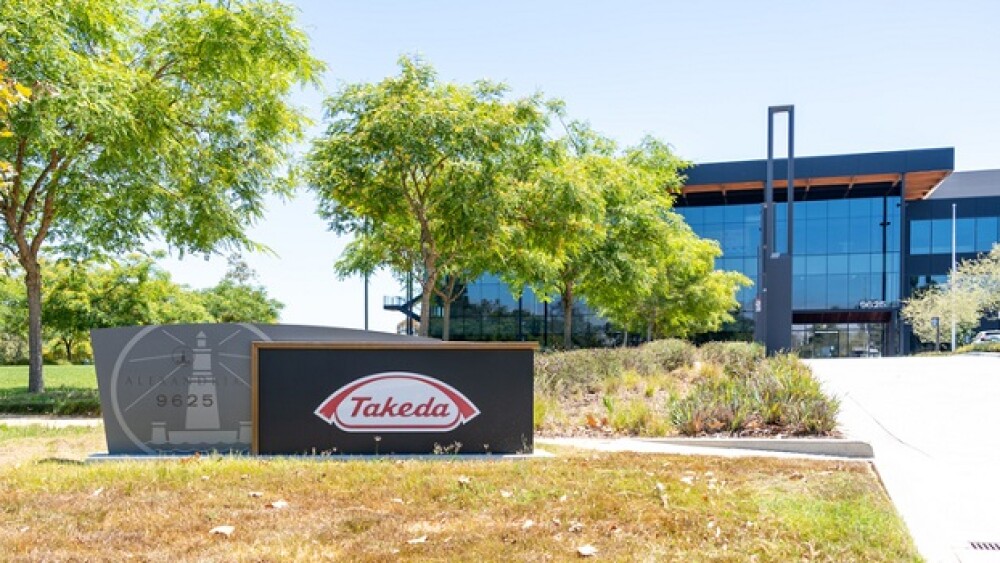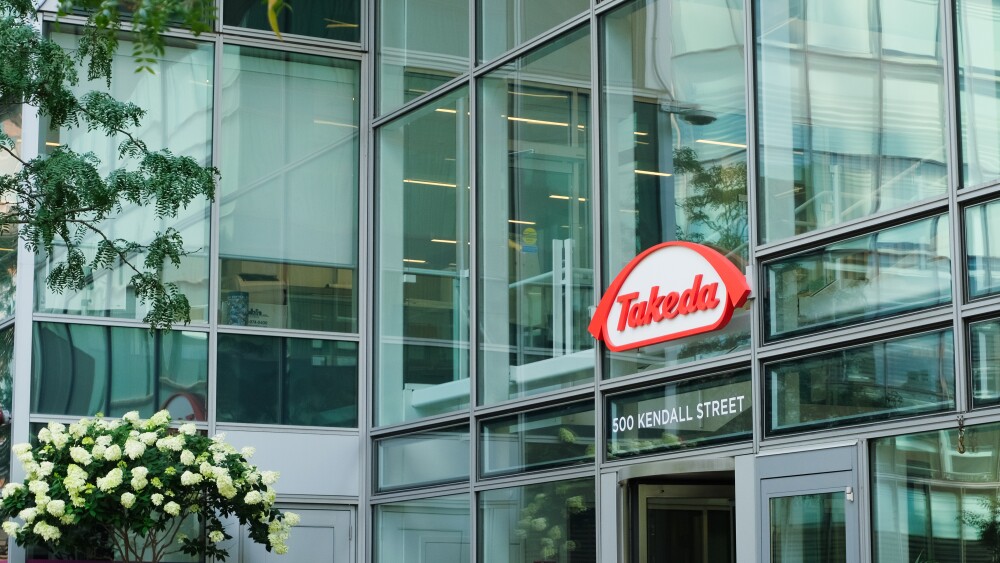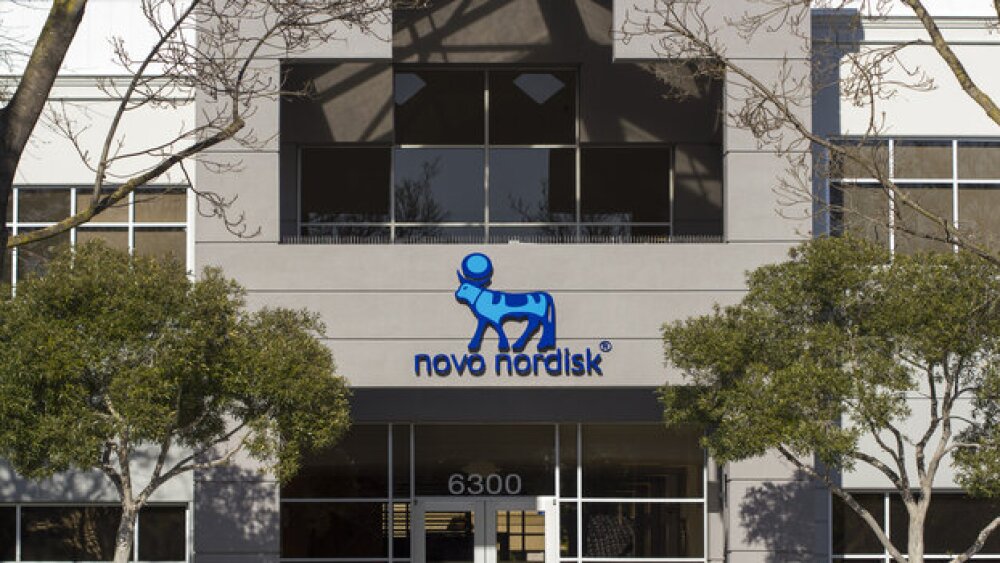The FDA on Tuesday extended the label for Takeda’s immune globulin infusion as a maintenance therapy for adults with chronic inflammatory demyelinating polyneuropathy.
Pictured: Takeda sign at its site in California/iStock, JHVEPhoto
The FDA on Tuesday approved the use of Takeda’s HyQvia (immune globulin infusion 10% with recombinant human hyaluronidase) as a treatment for chronic inflammatory demyelinating polyneuropathy.
With the label expansion, HyQvia can now be given as a maintenance therapy to prevent the relapse of neuromuscular disability and impairment in adult patients with chronic inflammatory demyelinating polyneuropathy (CIDP).
“Research and clinical experience have shown that [immunoglobulin] therapy is effective as maintenance treatment in adults with CIDP,” Giles Platford, president of Takeda’s Plasma-Derived Therapies Business Unit, said in a statement.
The latest approval for HyQvia provides adult CIDP patients with a “personalized maintenance treatment option” for their debilitating disease, Platford added.
CIDP is a rare, acquired and immune-mediated disorder that afflicts the peripheral nervous system and manifests as progressive and symmetric weakness or tingling, eventually leading to the loss of feeling in the limbs. The condition can also cause patients to lose their reflexes and have difficulties walking.
The exact causes of CIDP are still unknown. It arises when the immune system attacks and destroys the myelin sheaths covering the nerves. According to Takeda’s announcement, immunoglobulin therapy is a “well-established” treatment for CIDP and is the standard of care for this disease, though its exact mechanism of action has also yet to be elucidated.
HyQvia is a subcutaneous infusion whose therapeutic effect comes from its immune globulin infusion, which provides a “broad spectrum of opsonizing and neutralizing IgG antibodies” that can target bacteria and viruses, as well as supplies other antibodies that can modulate the activity of immune cells, according to the drug’s label. HyQvia’s recombinant human hyaluronidase component facilitates the dispersion and absorption of its active component.
Tuesday’s label expansion for HyQvia is based on data from ADVANCE-CIDP 1, a randomized, double-blinded and placebo-controlled study, and the single-arm open-label extension ADVANCE-CIDP 3 trial. The first study showed that HyQvia reduced the rate of relapse by more than 18% versus placebo, a statistically significant effect.
Both studies established a favorable safety profile for HyQvia, with the most common side effects being headache, nausea, fatigue, local reactions, and erythema, among others.
HyQvia was first approved in September 2014 for the treatment of primary immunodeficiency. At the time, it was still owned by Baxter international, which in 2015 spun off its biopharmaceuticals division Baxalta. Shire acquired Baxalta in 2016 for $32 billion before getting bought by Takeda in 2018 for $62.2 billion.
Tristan Manalac is an independent science writer based in Metro Manila, Philippines. He can be reached at tristan@tristanmanalac.com or tristan.manalac@biospace.com.






